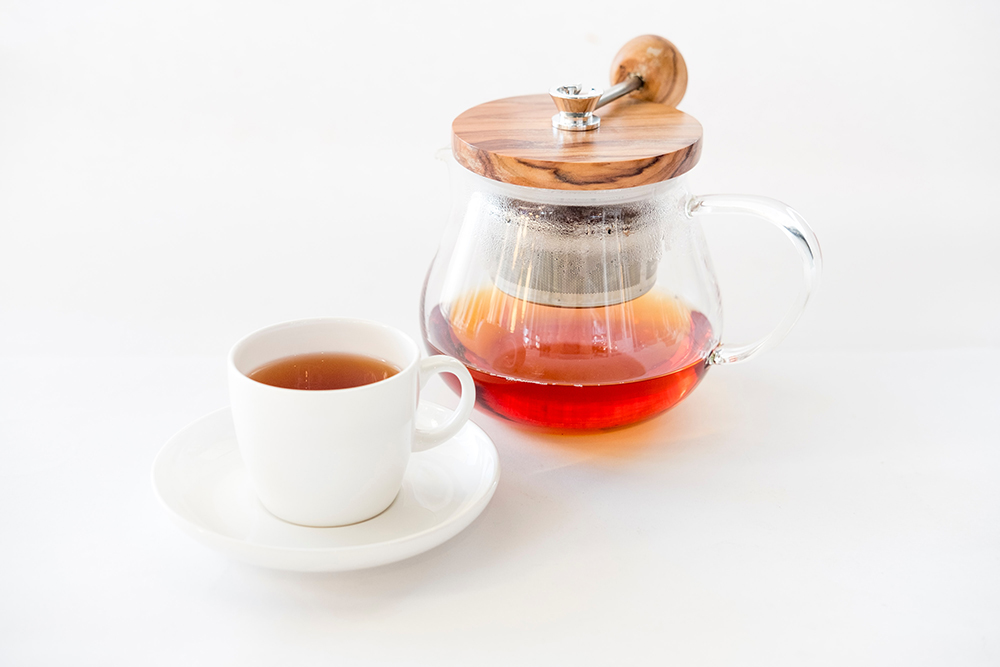Admit it. The Philippines is still a coffee-drinking nation, with tea never really able to catch up to the fuss and demand for coffee. For the most part, tea is still considered a medicinal drink, a go-to cure to settle an upset stomach. It’s this wellness aspect of tea, in fact, that is causing the swell in the number of tea drinkers worldwide. However, there is reason to believe that tea is stepping outside its curative applications and creeping into the recreational sphere, with consumers not even knowing it.
Take it from a man who drinks at least nine cups of tea a day. Stephen H.B. Twining, a tenth generation member of the famous tea family, is a roaming ambassador not just for the Twinings brand but for the herbal drink itself. Having traveled around the world teaching the proper way of steeping and drinking tea, Twining shares his observations of the growing trend: “[The market] is moving more towards the young, and [they] certainly typify the adventurous: being open and wanting new things.”
Catering to millennials allows for more creative infusions. The usual iced tea, still a popular tea drink among Filipinos, is moving on from the usual lemon and honey flavors of the American sweet tea tradition to more unusual variations like mango-ginger infusions or Thai black tea with coconut milk. “[The trend],” says Twining, “is having things that are slightly different to the norm. [For example], you don’t just drink rooibos, [you] drink rooibos with another flavor added.”
“[The trend],” says Twining, “is having things that are slightly different to the norm. [For example], you don’t just drink rooibos, [you] drink rooibos with another flavor added.”
Aside from iced varieties, tea is also making its way into bar menus in the form of tea cocktails. Tea blogger Jennifer Rosnan of Travel+Leisure reports concoctions like Sweetwater Social’s Wu-tea-ki, which uses a Ceylon black tea-infused rum as base. Locally, there’s Volcano Zen from Antonio’s, which is a mix of rum and ginseng tea. Meanwhile, green tea-flavored iced beverages continue to attract consumers’ attention. There is no doubt that tea is finding its way behind the bar, with mixologists crafting nifty ways of incorporating tea in their concoctions.
In terms of preparation, the cold brew technique is making waves in coffee, but Twining doubts that it’s applicable to tea: “You must brew it hot and cool it down. You can’t brew tea in cold water. Unless you do something very special to the tea. In America, 95 percent of the tea consumed is served cold, and therefore, we have a tea bag that is specially designed to brew in cold water.” But coffee-inspired tea creations, such as the popular chai latte, are capturing even non-tea drinkers’ attention. Spicy Masala-type teas from India, according to Twining, are better suited for these treatments as the addition of sugar lifts the flavor of the tea and the spices.
It’s the health aspect of tea, ultimately, that is endearing it to consumers. “Ginger is very much on trend because of the properties of ginger for the body. Anything that’s connected to the super fruit is on trend—ingredients like the blueberries,” Twining says. Hence, the ongoing madness over matcha. In the end, tea will continue to grow well into the end of 2016. How well it’s incorporated in menus, however, depends on the breadth of our imagination.
Subscribe to our weekly newsletter to receive all the tools and solutions entrepreneurs need to stay updated on the latest news in the industry






I agree with you. Milk tea has become a trend among younger generation since there’s a lot of flavor you can choose from. However, I want to know more about its benefits.